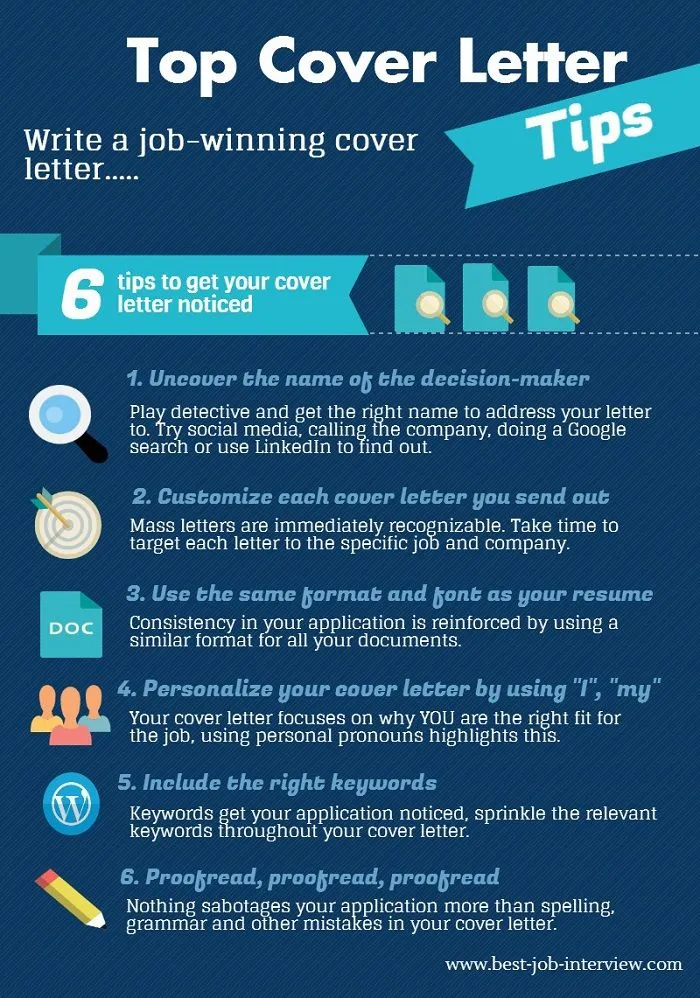What is a Cover Letter
A cover letter is a crucial document that accompanies your resume when applying for a job. It serves as your personal introduction to a potential employer, providing an opportunity to showcase your personality, skills, and experience in a way that a resume alone cannot. Think of it as your first impression, your chance to make a compelling case for why you are the ideal candidate. The cover letter goes beyond simply listing your qualifications; it tells a story, highlighting how your background aligns with the specific requirements and expectations of the role and the company. It is a strategic tool designed to capture the hiring manager’s attention and encourage them to delve deeper into your resume. A well-crafted cover letter can significantly increase your chances of securing an interview, ultimately paving the way to your dream job. Therefore, investing time and effort into crafting a compelling cover letter is a worthwhile endeavor for anyone seeking career advancement.
The Importance of a Cover Letter
The importance of a cover letter cannot be overstated, as it provides a platform to distinguish yourself from other applicants. In a competitive job market, a cover letter allows you to demonstrate your unique value proposition, illustrating how your skills and experiences directly address the specific needs of the employer. It enables you to expand on the information presented in your resume, offering a narrative that contextualizes your achievements and career goals. A well-written cover letter also reflects your communication skills, organizational abilities, and attention to detail, all of which are highly valued by employers. It shows that you have taken the time to research the company and the role, demonstrating genuine interest and enthusiasm. Furthermore, a cover letter is an opportunity to address any potential gaps or concerns in your resume, providing explanations for career changes or periods of unemployment. By personalizing your cover letter to each job application, you convey a level of professionalism and commitment that significantly boosts your chances of landing an interview.
Key Components of a Cover Letter
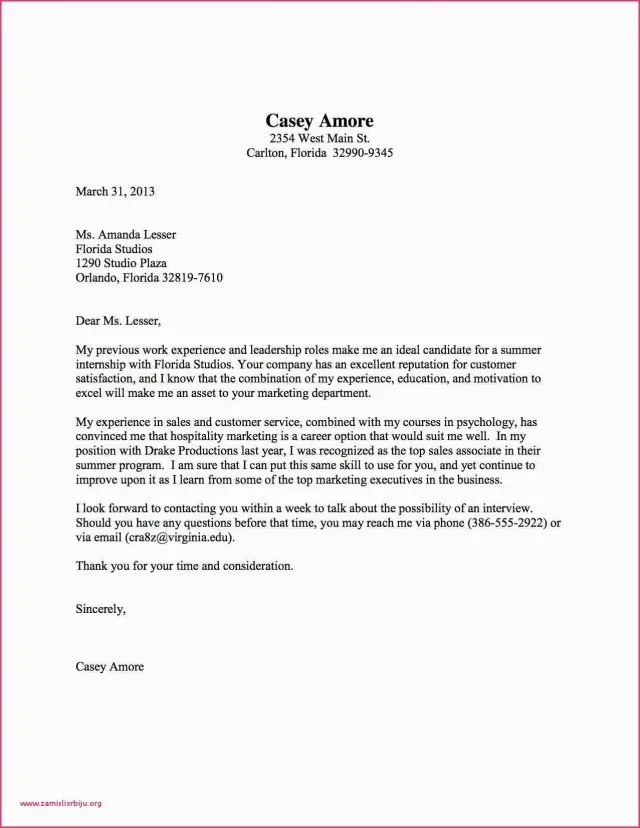
A strong cover letter comprises several key components that work together to create a cohesive and persuasive argument for your candidacy. These components include a clear header, a compelling introduction, a body that highlights your relevant skills and experiences, and a strong closing with a call to action. The header typically includes your contact information, as well as the date and the recipient’s information. The introduction should immediately grab the reader’s attention, stating the position you’re applying for and briefly summarizing why you’re a good fit. The body of the letter is where you expand on your qualifications, providing specific examples that demonstrate your abilities and align with the job requirements. Tailoring this section to the specific role is critical, showcasing your understanding of the company’s needs. The closing paragraph should reiterate your interest in the position, express gratitude for their consideration, and include a call to action, such as a request for an interview. Each component plays a vital role in ensuring your cover letter effectively communicates your value and secures you a place in the interview process.
Header Section
The header of your cover letter is the first thing a hiring manager will see, so it’s crucial to ensure it is professional and easy to read. This section should include your full name, address, phone number, and email address. It’s essential to use a professional-looking email address; avoid using nicknames or unprofessional terms. Following your contact information, include the date on which you are sending the letter. Then, address the recipient by their name, if possible. Researching the name of the hiring manager or the relevant contact person within the company demonstrates your initiative and attention to detail. If you’re unable to find a specific name, using a general greeting like “Dear Hiring Manager” or “Dear [Department Name] Team” is acceptable. The header sets the tone for the entire letter and provides the essential contact information needed to reach you for an interview.
Your Contact Information
Your contact information should be clearly displayed at the top of your cover letter. Include your full name, a professional-sounding email address (e.g., firstname.lastname@email.com), your phone number, and your physical address. Make sure the information is up-to-date and accurate, as this is how potential employers will reach you. Double-check for any typos or errors. Consistency in your contact information between your cover letter and resume is also essential. This section should be easy to find and read at a glance, allowing the recipient to quickly and easily contact you. Ensure your voicemail is set up and ready to accept messages, and be prepared to respond promptly to any calls or emails. Providing accurate and accessible contact information is fundamental in the job application process, making it easier for employers to reach out to you.
Date
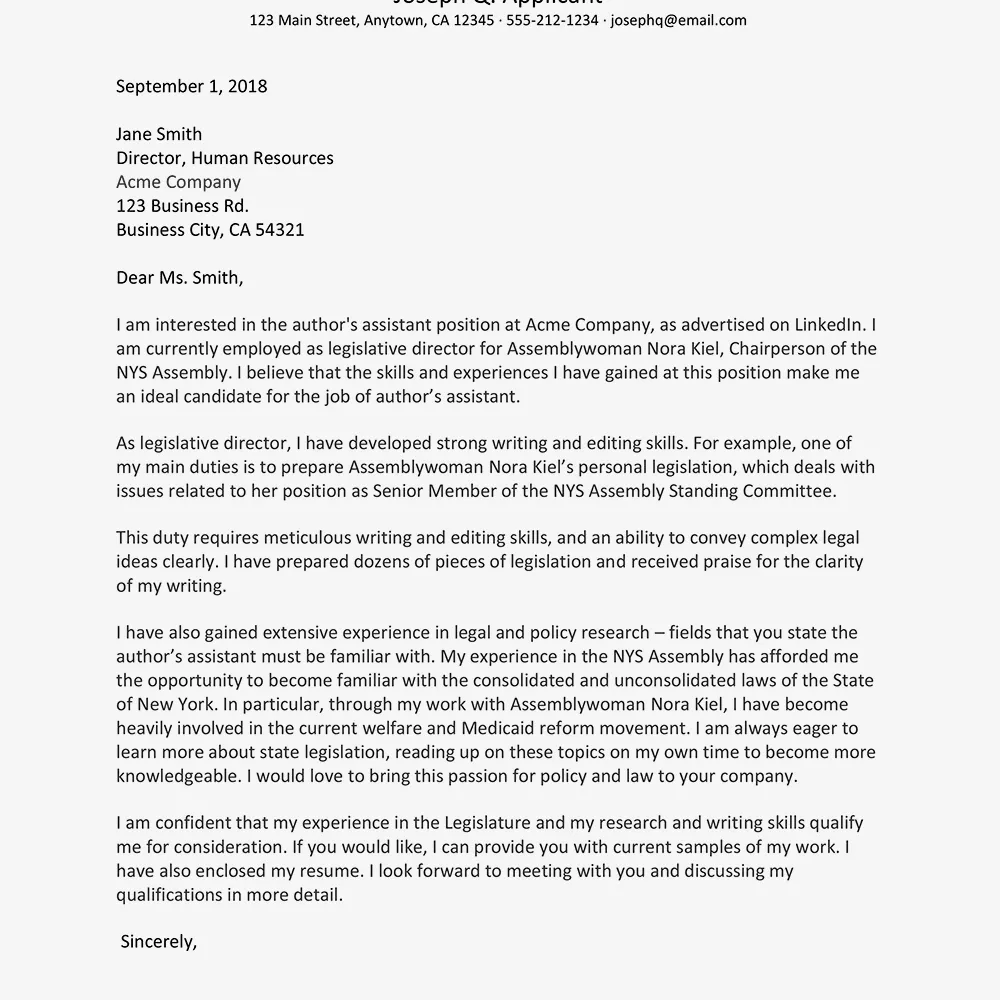
The date on your cover letter is a standard element placed beneath your contact information. It serves to indicate when the letter was written and sent. The date format should be consistent, using either month-day-year or day-month-year conventions. Always use the current date when submitting your cover letter. This ensures the employer knows when you applied for the position, which can be useful for their record-keeping and organization. The date should be clearly formatted and easy to read, aligning with the overall professional appearance of the letter. Placing the date correctly is a small detail, but it contributes to the overall polished look of your application materials, demonstrating attention to detail, a crucial trait for any job seeker.
Recipient’s Information
Addressing the recipient’s information properly is a sign of professionalism and shows that you have taken the time to research the company and the specific role. If possible, find the name of the hiring manager or the person to whom you should address your letter. You can usually find this information on the company’s website, LinkedIn, or the job posting itself. If you can’t find a specific name, use a general salutation like “Dear Hiring Manager” or “Dear [Department Name] Team.” Including the company’s name and address is also a good practice, especially if you are sending a physical letter. This attention to detail demonstrates your commitment and respect for the organization, making a positive first impression. Ensure all the information is accurate and spelled correctly to avoid any misunderstandings.
Greeting
The greeting sets the tone for the rest of your cover letter. Using a personalized greeting is always preferable to a generic one, as it shows you’ve put in the effort to address the letter to a specific person. The best approach is to use “Dear Mr./Ms./Mx. [Last Name],” especially if you know the hiring manager’s name. If you don’t know the name, “Dear Hiring Manager” is an acceptable alternative. Avoid using overly casual greetings such as “Hi” or “Hello.” The greeting should be formal and respectful. After the greeting, use a colon rather than a comma. The tone of your greeting should reflect the overall professional tone you are aiming for in the rest of your cover letter. A well-chosen greeting makes a good first impression, signaling respect and attention to detail. Proper grammar and spelling are essential.
Body Section
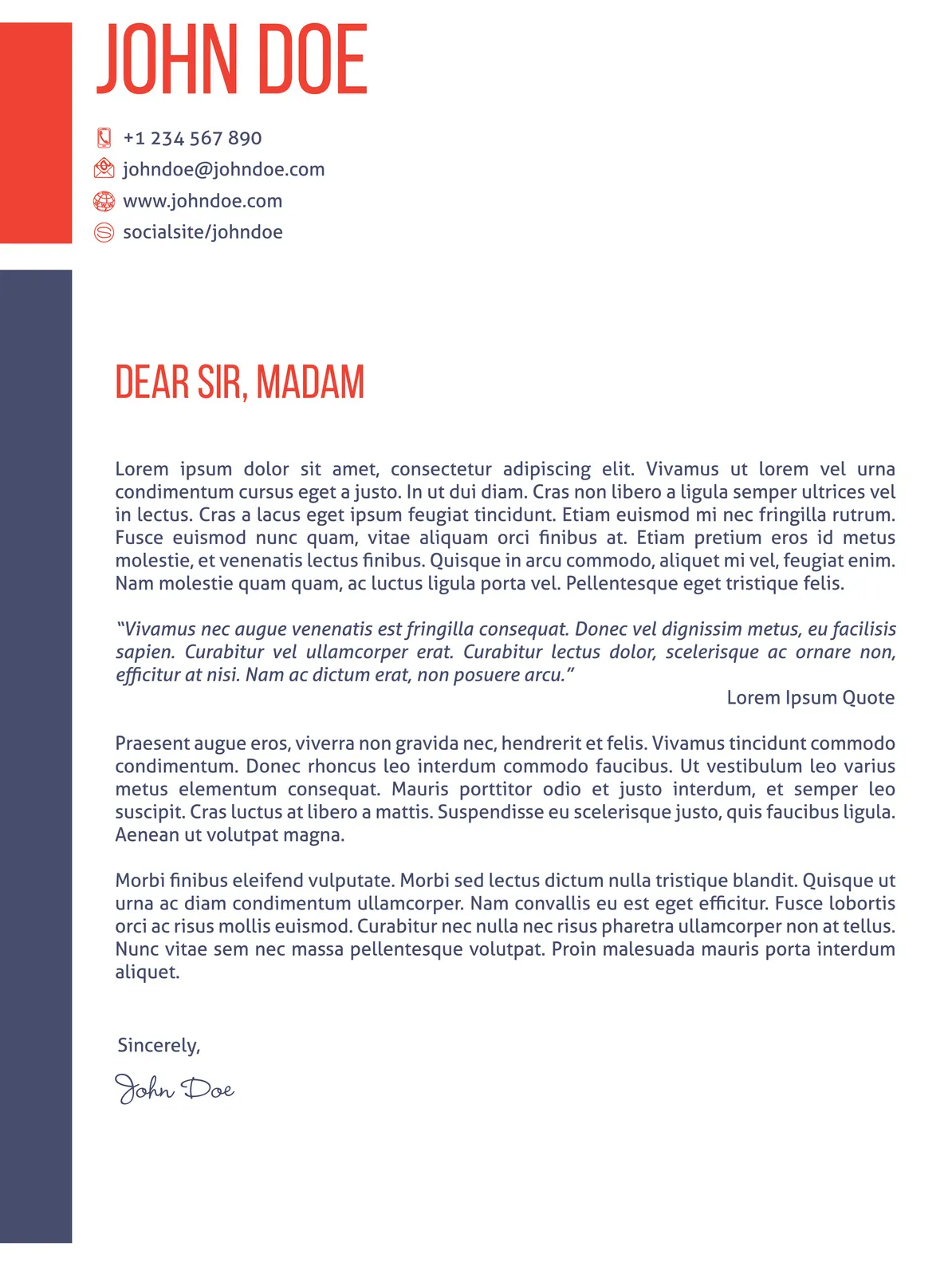
The body section is the heart of your cover letter, where you connect your skills, experience, and accomplishments to the job requirements. This section is typically composed of two to three paragraphs, each serving a specific purpose in conveying your value to the employer. In this section, you should highlight your key strengths, providing concrete examples of how you have demonstrated these skills in previous roles. Explain how your skills and experience align with the specific needs of the job, demonstrating your understanding of the company’s mission and values. You also want to use this space to explain your motivations for applying to this particular position, and why you are a good fit for the company culture. The goal is to make a compelling case for why you are the best candidate and to persuade the hiring manager to consider your application further. The body section is where you make your most persuasive arguments.
Introduction Paragraph
The introduction paragraph is your opportunity to immediately capture the hiring manager’s attention and make a strong first impression. Begin by clearly stating the position you are applying for and where you saw the job posting. Briefly introduce yourself and highlight your most relevant qualifications. The introduction should immediately convey your enthusiasm for the opportunity. Mention any mutual connections or previous interactions with the company. It should be concise and compelling, setting the stage for the rest of your letter. The aim is to draw the reader in, piquing their interest and encouraging them to read on. Ensure the introduction is tailored to the specific job and company, demonstrating your genuine interest and making it clear why you’re the right fit for the role. The introduction is a critical first step in the application process.
Highlight Your Skills and Experience
In the body paragraphs, focus on highlighting your skills and experience relevant to the job description. Instead of simply restating what’s on your resume, elaborate on your accomplishments and provide specific examples. Use the STAR method (Situation, Task, Action, Result) to structure your stories and demonstrate your impact. Quantify your achievements whenever possible, using numbers to showcase the value you brought to previous roles. This shows tangible results. Tailor your examples to the specific requirements of the job, and use keywords from the job description to show your understanding of the role. Emphasize your key skills, such as communication, problem-solving, leadership, or technical abilities, and how they align with the company’s needs. This part should create a clear picture of what you can offer and why you are a good match for the role.
Demonstrate Your Value
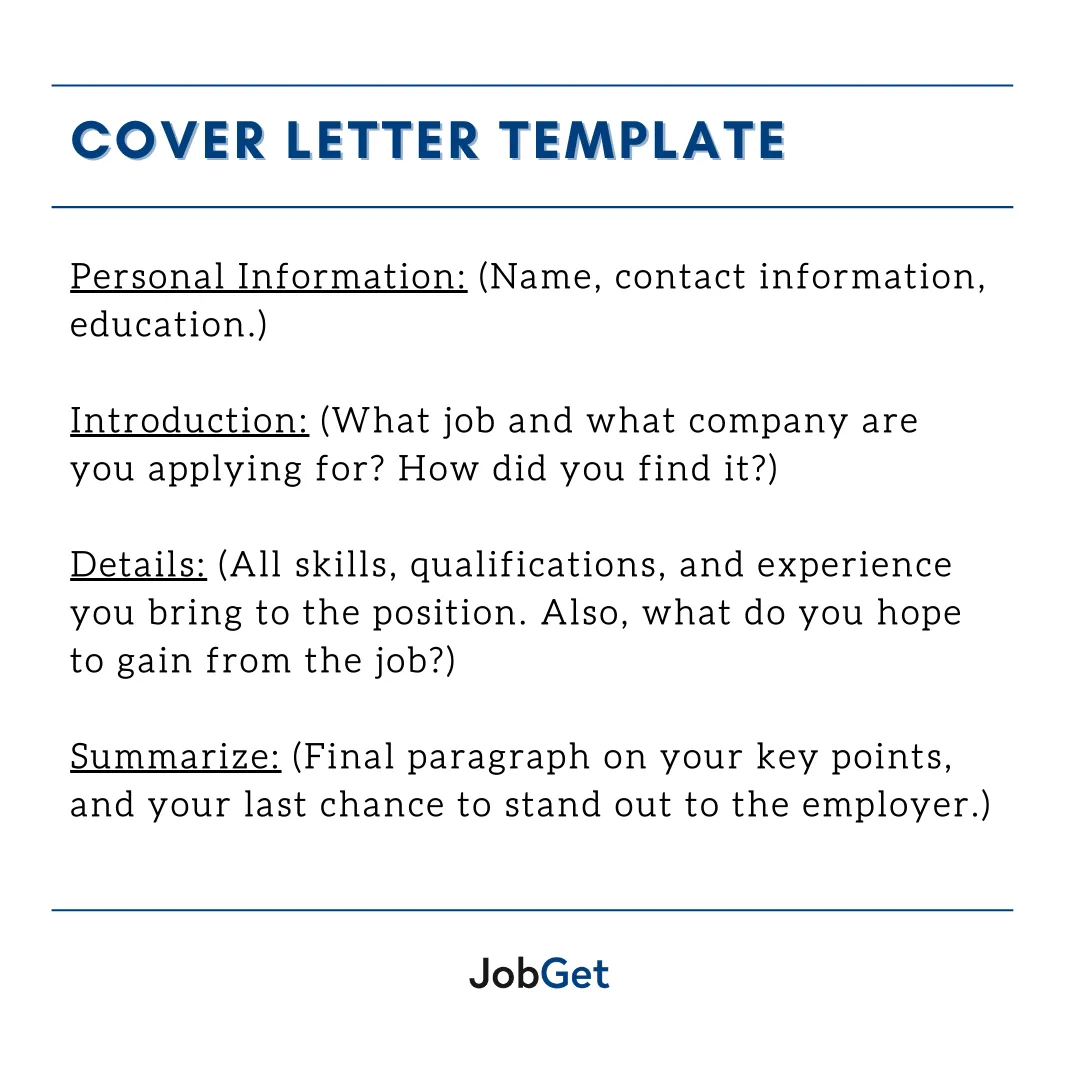
Demonstrating your value involves showing how your skills, experience, and achievements can directly benefit the company. Explain how your past accomplishments align with the company’s goals and challenges. Use specific examples to illustrate your contributions and the positive outcomes you achieved. Focus on what you can bring to the table. Show the employer how your skills translate into solutions. It’s about more than just listing responsibilities; it’s about showcasing how you have made a tangible impact in previous roles. Quantify your achievements whenever possible. Show how you’ve improved efficiency, increased revenue, reduced costs, or enhanced customer satisfaction. This helps the employer understand the value you can bring to their company. Clearly articulating your value differentiates you from other candidates and demonstrates why you are worth interviewing.
Tailor Your Letter to the Job
Customizing your cover letter for each job application is essential to showcase your genuine interest and demonstrate that you have carefully considered the role and the company. Begin by thoroughly reviewing the job description. Identify the key requirements, skills, and qualifications the employer is seeking. Use these keywords and phrases throughout your cover letter to show that you meet the specific needs of the position. Research the company’s mission, values, and culture. Understand their current challenges and goals. Tailor your letter to address these aspects, explaining how your skills and experience align with the company’s objectives. Highlight the most relevant parts of your resume and adjust the language to match the tone of the job posting. Avoid using a generic cover letter. Personalization shows that you’ve invested time and effort, which significantly increases your chances of making a positive impression and getting an interview.
Closing Paragraph
The closing paragraph of your cover letter provides an opportunity to summarize your key qualifications, reiterate your interest in the position, and express your gratitude for the reader’s time and consideration. It should leave the hiring manager with a lasting positive impression of you. Restate your enthusiasm for the opportunity and emphasize why you are a strong fit for the role. Thank the reader for their time and consideration, showing appreciation for them reviewing your application. Include a call to action, such as inviting them to contact you to schedule an interview. Reiterate your contact information one last time, ensuring that they can easily reach you. Proofread the closing paragraph, ensuring it is free of any grammatical errors or typos. A well-crafted closing paragraph is a crucial element of a successful cover letter.
Express Your Interest
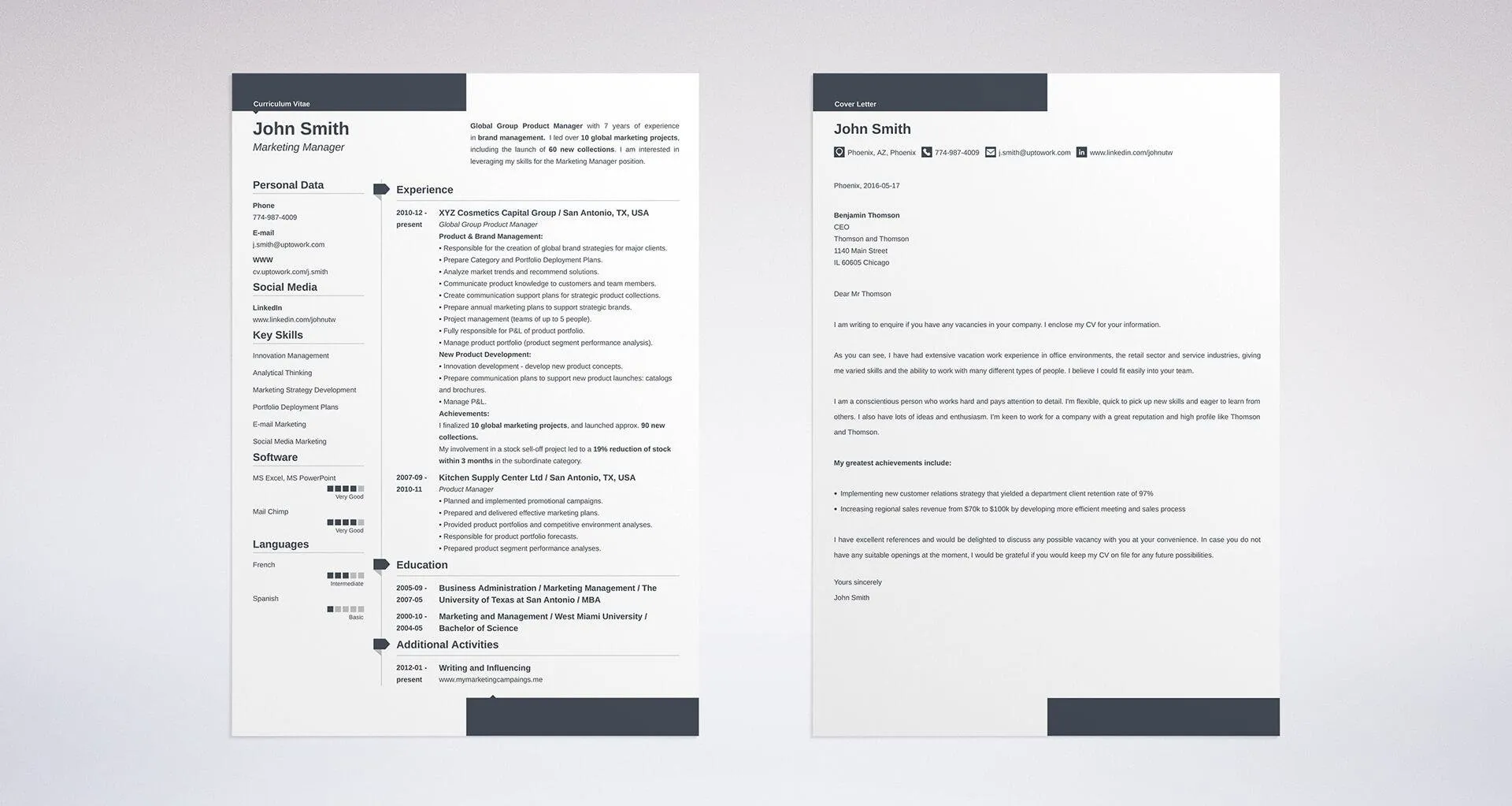
Expressing your interest in the position is a key component of the closing paragraph. Reiterate your enthusiasm for the opportunity, reinforcing your desire to be considered for the role. Show how you are passionate about the company and the specific work you’d be doing. Make it clear that you are genuinely excited about the prospect. This helps the employer see that you’re not just looking for any job; you’re looking for this job. This expression of interest should be sincere and genuine. It emphasizes your commitment to the position and the company’s mission. You want the hiring manager to feel your enthusiasm. The key is to let your excitement shine through. A genuine expression of interest can significantly impact the employer’s perception of you.
Call to Action
Including a clear call to action in your closing paragraph is essential to encourage the hiring manager to take the next step. The most common call to action is to express your desire for an interview. For example, you might state, “I am eager to discuss my qualifications further and would welcome the opportunity to interview for this position.” Ensure that your call to action is direct and easy to understand. This prompts the hiring manager to take the desired next step. You might also offer to provide any additional information. Do not be afraid to be proactive and assertive. The goal is to guide the hiring manager towards the next step in the hiring process. A clear call to action increases your chances of securing an interview.
Formatting and Style
The formatting and style of your cover letter are essential elements. They reflect your professionalism and attention to detail. Your cover letter should be well-organized and easy to read. Use a professional font, such as Times New Roman, Arial, or Calibri. Ensure that the font size is appropriate and readable, typically between 10 and 12 points. The letter should have standard margins. Use single spacing within paragraphs and double spacing between paragraphs. Ensure your letter has a clear header, and include your contact information, the date, and the recipient’s information. Maintain consistent formatting throughout the entire document. Proofread meticulously for any errors in grammar or spelling. A well-formatted, professional-looking cover letter leaves a positive impression.
Use a Professional Tone
Maintaining a professional tone throughout your cover letter is crucial for making a positive impression. Use formal language and avoid slang, contractions, and casual expressions. Your writing should be clear, concise, and to the point. This shows that you are serious about the role and that you understand workplace etiquette. Avoid using overly flowery or overly casual language. Be respectful and courteous in your tone, especially when addressing the hiring manager or company representatives. Ensure your writing sounds confident, yet humble. Proofread carefully to ensure that your tone aligns with the standards of professionalism expected in the workplace. A professional tone reflects your ability to communicate effectively in a business setting.
Keep it Concise
Keeping your cover letter concise is essential for capturing the hiring manager’s attention and highlighting your most important qualifications. Aim for a length of one page. Focus on presenting only the most relevant information. Avoid repeating details that are already included in your resume. Write clearly and avoid using complex sentence structures. Be direct in your writing, expressing your ideas concisely. Do not include unnecessary filler, and use precise language. Make sure that your cover letter flows well from one paragraph to the next. Conciseness shows that you respect the hiring manager’s time and that you have the ability to communicate your ideas efficiently. A concise letter is more likely to be read in full and will make a greater impact.
Proofread Carefully
Proofreading your cover letter meticulously is a crucial step in the application process. Typos, grammatical errors, and formatting mistakes can damage your credibility and create a negative impression. Thoroughly review your letter for any errors in grammar, spelling, punctuation, and sentence structure. Read the letter aloud to catch any awkward phrasing or areas where the writing could be improved. Use spell-check and grammar-check tools, but remember that these tools are not foolproof. Always review the suggestions and double-check the results. Ask a trusted friend, family member, or career advisor to proofread your cover letter, as a fresh pair of eyes can often catch errors that you might have missed. Proofreading ensures your cover letter is polished, professional, and error-free.
Common Mistakes to Avoid
Avoiding common mistakes is essential to making a positive impression. One of the most common errors is failing to tailor your cover letter to the specific job and company. Using a generic template demonstrates a lack of interest and effort. Other common mistakes include grammatical errors, typos, and poor formatting. Ensure your letter is free from such mistakes. Another mistake is including irrelevant information or restating your resume verbatim. Your cover letter should add value, providing a narrative that showcases your skills and experience. Finally, a negative tone or overly casual language can be detrimental. The key is to avoid these errors, ensuring that your cover letter presents you in the best possible light. A well-crafted and error-free cover letter is more likely to capture the hiring manager’s attention and increase your chances of getting an interview.
